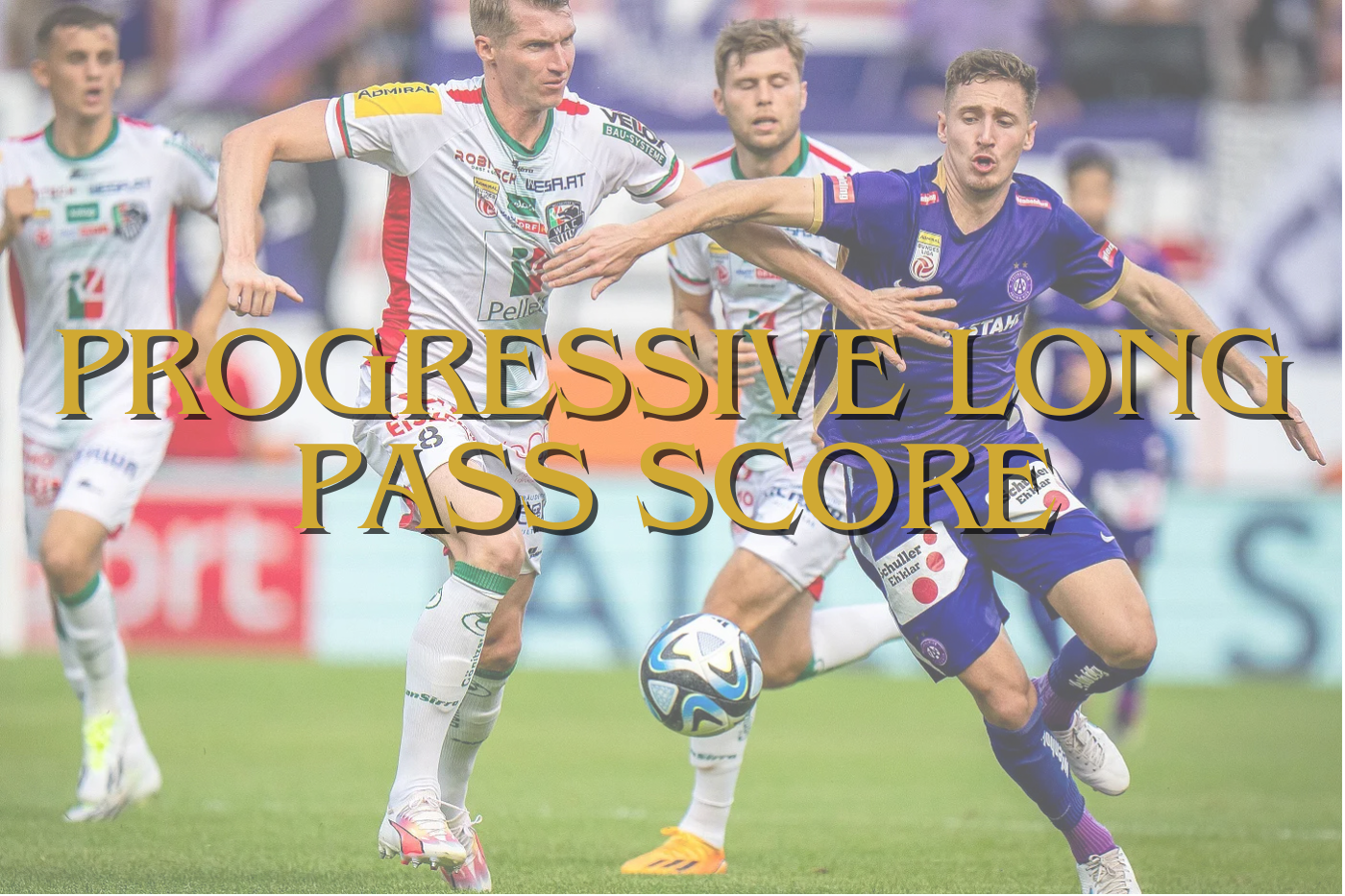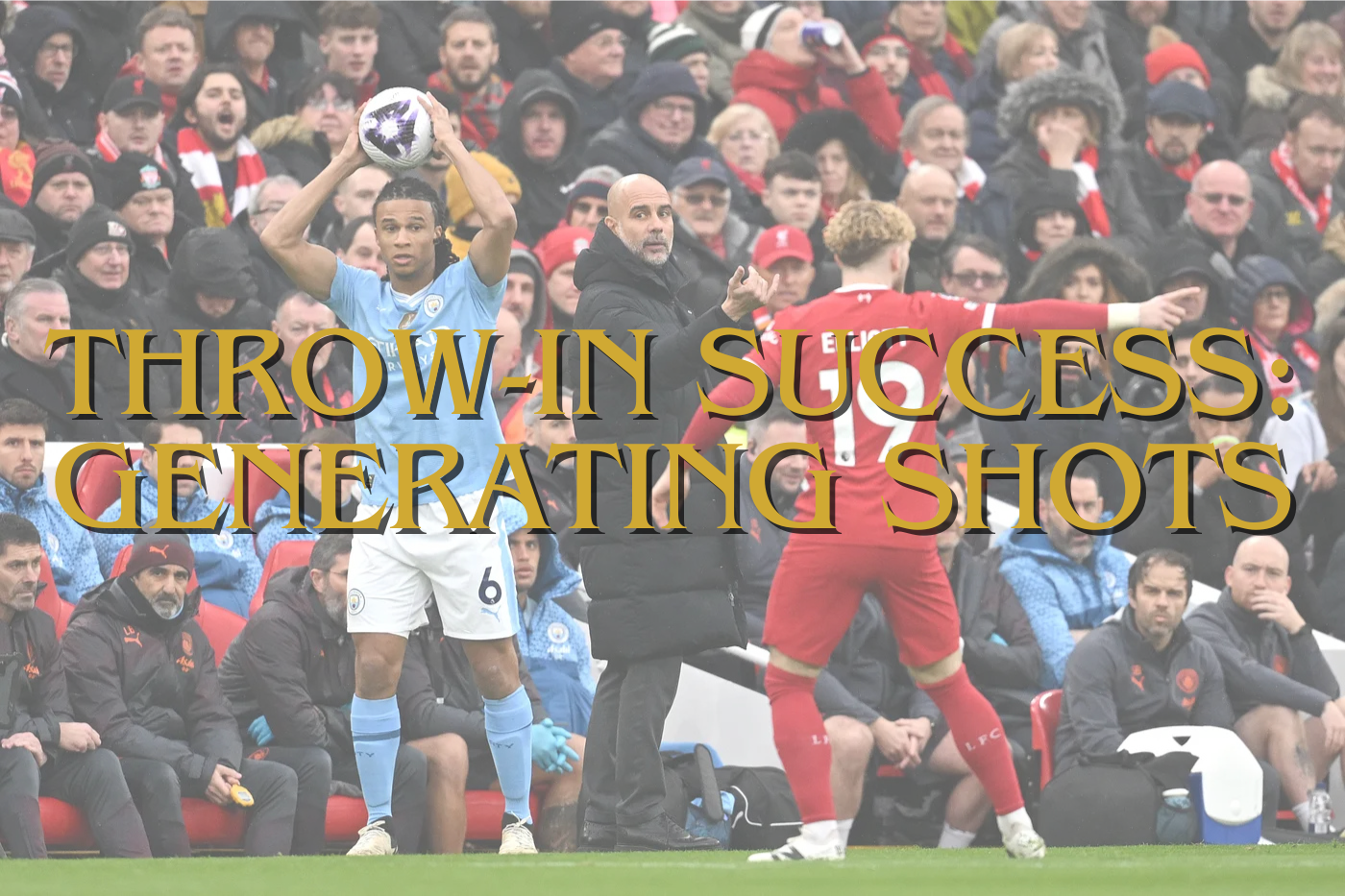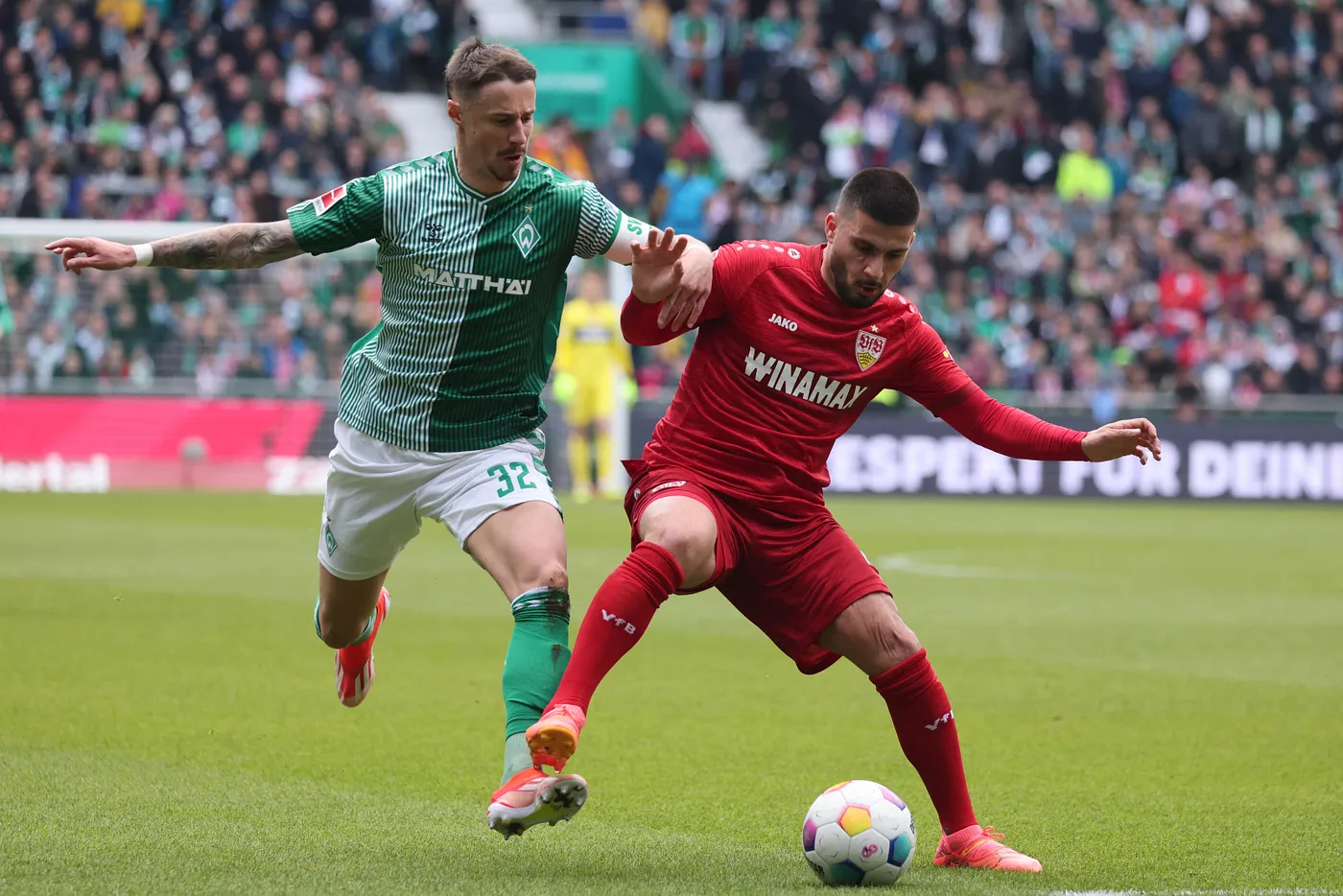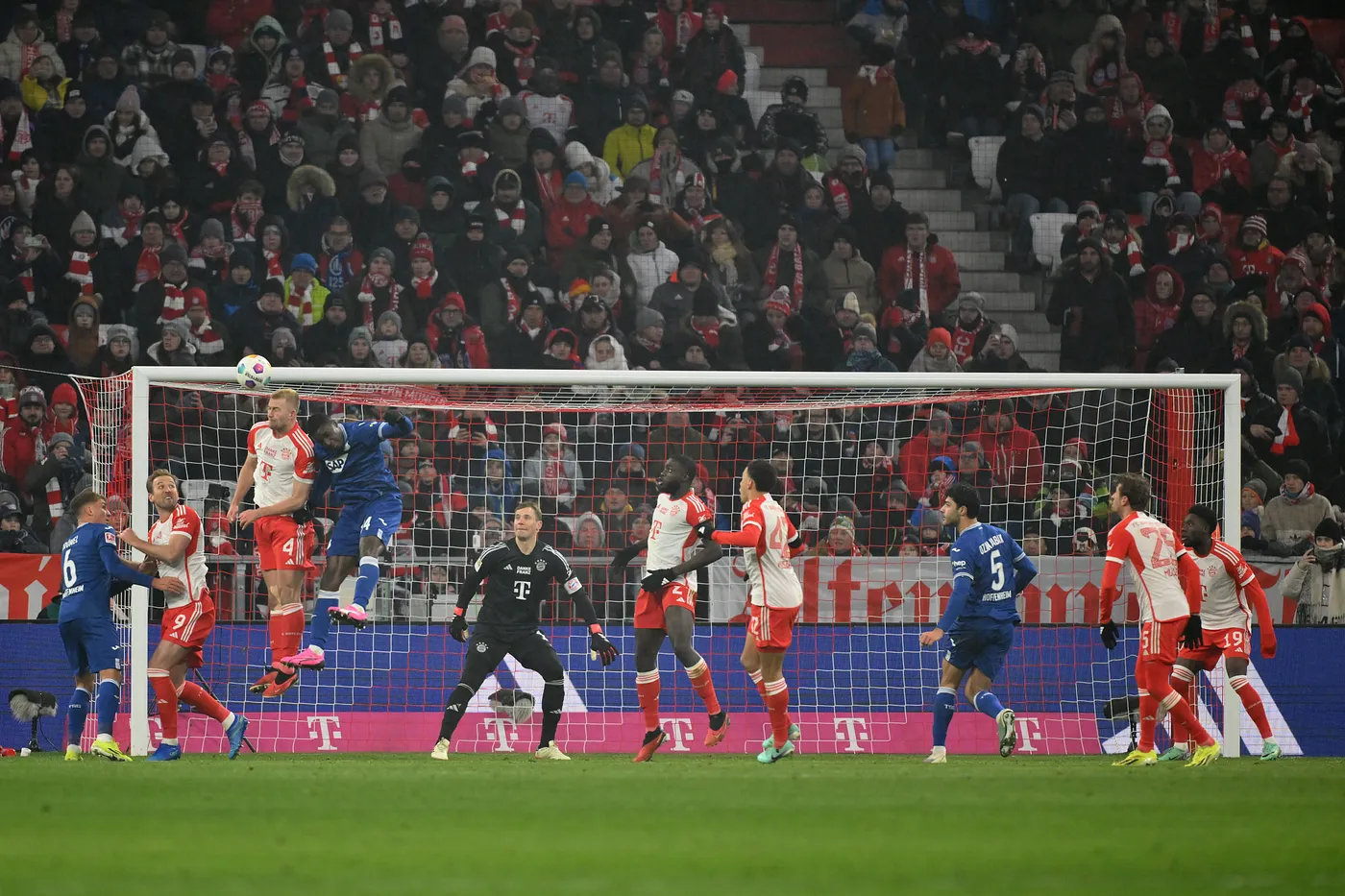Plymouth Argyle has been promoted to the League One after a very strange end to the season, but it still is very much deserved. I will take a closer look at their 3-5-2 formation in their 3-0 win against Macclesfield, focusing on the counter-attacking style of play. I will do this using footage and stats from Wyscout.
Line-ups

Plymouth played a three-man defence, which I will talk about later in this post, supported by a five-man midfield. In that midfield Grant played a little deeper and could be seen as the most defensive midfielder who supported the back three. The two strikers were Hardie and Jephcott, who were tasked to make runs against the four-man defence of Macclesfield Town.
The 3-5-2 by Plymouth was an attacking one with the left and right central defenders, making runs forward in order to give a more attacking momentum to the squad. Vital in their attacking approach was the counter attack and that often started at the back, with their three-man defence. As you can see in the image below.

Wootton, Canavan and McFadzean form the three-man defence as you can see. Grant dropped down in the middle to offer himself for the pass, as did the wide midfielders. In doing so, they drew attention to their person and this gave Wootton the opportunity to give the ball long.
As the Macclesfield players are drawn to the dropping midfielders of Plymouth, there is more space to make a run behind the defenders for Plymouth players. This can be seen in the image below after a long ball from the defensive three.

As you can see, striker Jephcott drops from his position in the final third and drawing his defender with him. This leaves more space for the other striker and attacking midfielders to go in that particular space in the game against Macclesfield.
Plymouth’s attacking play from the back starts with their central defenders playing a long ball with a vital role for the wing-backs and the strikers. The wing-backs make runs down the line as soon as the ball is played forward and the strikers drop down to make more space available for the other attacking players.
When Macclesfield came close to the box, Plymouth did everything to get numbers into their own box to make it as complex as possible for the attackers to make a mark. This can be seen in the image below.

They had eight players in and around the box, with the 3-5-2 system changing into a 5-3-2 system when in the defensive phase. With an 8v4 it was not difficult to regain possession of the ball again and start building their attack.
Now this is one possibility of how Plymouth conducted their counter attack against Macclesfield. In the first option they would use their pace to go forward and restore their 3-5-2 from the defensive 5-3-2, when transition from defence to attack. In the image below you can see that on the ball they have 7 players going forward, with the intention of attacking via a passing style of play.

AS you can see the two strikers don’t play close to each other, but are a rather dynamic duo. When one striker has the ball, he will make the field as wide as possible, awaiting back up from the wing-back. The other striker will position himself in the box or in a classig number 9 position.
These are not typical strikers in the sense that they have a set position on the pitch, but they are fluid and this is needed also when you play with wing-backs and attacking midfielders, as Plymouth do. If you play this out right, you will have three attacking players in the center (striker+ 2 attacking midfielders). These will all go into the box when a cross from the other striker or wing-back will come and attack that particular cross.
Now this was one way Plymouth conducted their counter-attacking football, but Ryan Lowe is known for his creativity in tactical plans and he always has more than one option. This is the same with counter-attacking football.
The key is where do you press the attacking players. In the previous example you could see that the attacking players were pressed in the defensive third, near to or in the box. This has its risks, but was executed well because of the numbers Plymouth had in the box. Plymouth recognised that threat and started to praise higher on the defensive third, even in the middle – as you can seen in the image below.

A vital role in pressing the opponent, is the role for the strikers. You can see that Hardie stays on top while Jephcott presses the Macclesfield players. Leaving Hardie 1v2 with the Macclesfield defenders. At the same time, Plymouth’s midfielders and wing-back move to the the position where the ball is and this can be done because of their position oriented zonal marking.
When they move into that position with numbers, they gain easy access to regain possession of the ball and can pick it up in a position that’s positive to start a counter attack from. This can be seen in the image below.

The ball is won in the in the middle of the field and as you can see is that the Plymouth players all move and eye forward, as quickly as possible. Now in the previous option there was a quick, passing style of play to overpower the opponent, which is Macclesfield. In this example they use a different tactic.
They will play the long ball to Hardie who isn’t marked by two defenders anymore, but only by one. The long ball behind the defence is a good tactic to play as Hardie is quick and strong.

In the image above you can see how Hardie positions himself well. Although the long ball is nog 100% accurate, Hardie anticipates that he is quicker and he anticipates the error the defender could make. In this example Hardie does get the ball and with a nice lob, finished and scores a goal.
Attacking-wise Plymouth Argyle is on the best teams in the 2019/2020 League Two campagne, but they have proven themselves to be deadly in the counter-attacking without actually dominating in the opponent’s final third. This could be done with their dynamic and flexible 3-5-2 system, which has been very useful in both the attacking phase of the game, as well as the defensive phase.







